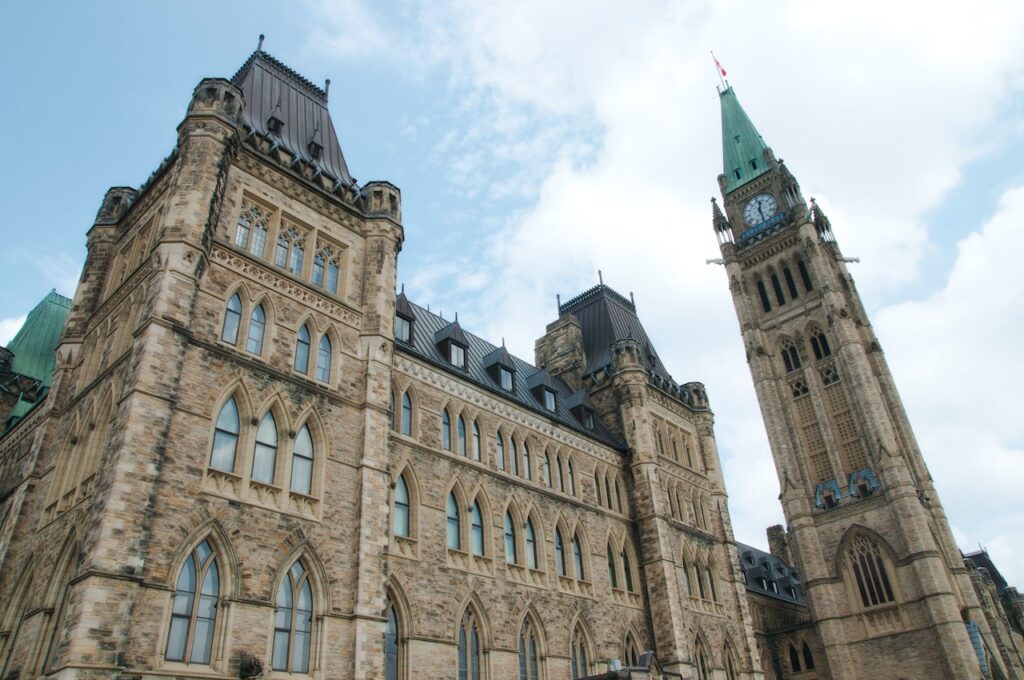Could The Next Election Impact The Loonies Value?
The exchange rate between the United States Dollar (USD) and the Canadian Dollar (CAD) is influenced by a complex interplay of economic, political, and market factors. Elections in either the United States or Canada can have significant impacts on this exchange rate and the value of the Canadian Dollar. In this comprehensive analysis, we will explore how elections can influence the USD to CAD exchange rate and the Canadian Dollar’s value, considering both direct and indirect mechanisms.

Exchange rates are the prices at which one currency can be exchanged for another. They are crucial for international trade, investment, and economic stability. The USD to CAD exchange rate reflects the relative strength of the United States and Canadian economies and their respective monetary policies. Elections can influence this rate through various channels, including policy changes, market sentiment, and investor expectations.
1. Political Stability and Economic Policies
One of the most direct ways elections can impact the exchange rate is by affecting political stability and economic policies. The outcome of an election can determine the country’s leadership and, consequently, its economic agenda. Key factors to consider include:
a. Fiscal and Monetary Policy: Different political parties may have distinct fiscal and monetary policy preferences. For instance, a party advocating for higher government spending or lower interest rates may influence the central bank’s decisions, affecting the currency’s value. A more expansionary fiscal and monetary policy tends to weaken a currency, as it can lead to higher inflation and lower real interest rates.
b. Trade Policy: Political parties often have varying stances on trade policies, including tariffs, trade agreements, and protectionism. A party that promotes trade liberalization and open markets may have a positive impact on the exchange rate, as it can boost international trade and investor confidence. Conversely, protectionist policies can lead to a weaker currency due to reduced global demand for exports.
c. Taxation and Regulation: Election outcomes can also impact taxation and regulatory environments. Changes in corporate taxes, for example, can affect foreign investment decisions and, consequently, the exchange rate.
2. Market Sentiment and Expectations
Elections can significantly influence market sentiment and expectations, which, in turn, affect exchange rates. Investors and traders often react to election news, polls, and predictions. Here’s how it works:
a. Uncertainty: Elections introduce an element of uncertainty into the market. Investors may become cautious or risk-averse leading up to an election, which can result in a flight to safe-haven assets like the USD. This increased demand for the USD can drive up its value relative to the CAD.
b. Market Reaction to Election Outcomes: The market’s reaction to the election outcome depends on various factors, including whether the result aligns with expectations. If the result is seen as positive for economic stability and growth, it can lead to an immediate strengthening of the domestic currency (CAD). Conversely, a surprise outcome or one perceived as negative may weaken the currency.
c. Policy Expectations: The exchange rate can also respond to expectations about future policies. For example, if a new government is expected to pursue expansionary fiscal policies, investors might anticipate higher inflation and adjust their currency holdings accordingly.
3. Economic Data and Central Bank Actions
Elections can indirectly influence exchange rates by affecting economic data and central bank actions. Here’s how this connection works:
a. Economic Data: Election campaigns often lead to increased economic activity, such as infrastructure spending or job creation programs. This can temporarily boost the economy and lead to stronger economic data releases, which can support the domestic currency. However, it’s important to distinguish between short-term boosts and long-term economic fundamentals.
b. Central Bank Response: Central banks monitor elections closely because they can have a significant impact on the economy and financial markets. If the central bank believes that an election result threatens price stability or economic stability, it may adjust interest rates or monetary policy. Such actions can influence the exchange rate by affecting the interest rate differential between the two currencies.
4. Global Economic Context
Elections in the United States or Canada do not occur in isolation. They take place within a broader global economic context. The USD to CAD exchange rate can be influenced by how these elections fit into the global economic landscape:
a. Global Economic Conditions: The state of the global economy, including factors like economic growth, trade tensions, and geopolitical events, can influence the exchange rate independently of domestic elections. For instance, a global economic slowdown might lead to a flight to safe-haven currencies like the USD, strengthening it relative to the CAD.
b. Commodity Prices: Canada is a major exporter of commodities, particularly oil. The CAD is often sensitive to changes in commodity prices. An election result that affects commodity markets or trade policies can have a substantial impact on the CAD’s value.

5. Interest Rate Differentials
Interest rate differentials play a crucial role in determining exchange rates. Higher interest rates tend to attract foreign capital, increasing demand for the domestic currency. Elections can indirectly influence interest rate differentials in several ways:
a. Expected Policy Changes: If an election is expected to result in significant policy changes, it can affect expectations about future interest rate movements. For example, if a party is expected to pursue a more aggressive monetary policy stance, it may lead to expectations of higher interest rates, attracting foreign capital.
b. Central Bank Independence: The independence of a country’s central bank is a critical factor in interest rate decisions. If the election outcome threatens central bank independence or credibility, it can lead to uncertainty about future interest rate actions, affecting the exchange rate.
6. Long-term Structural Impacts
Elections can also have long-term structural impacts on the USD to CAD exchange rate and the Canadian Dollar’s value. These effects may not be immediately evident but can become significant over time:
a. Trade Agreements: The negotiation and ratification of trade agreements can have long-term effects on exchange rates. For example, an election outcome that leads to a new trade agreement or changes in existing agreements can impact trade flows and currency values.
b. Investment Climate: Election results can influence the investment climate in a country. A stable political environment and favorable policies can attract foreign investment, increasing demand for the domestic currency over the long term.
c. Economic Reforms: Elections can lead to economic reforms that reshape the country’s economic landscape. These reforms can impact the attractiveness of the domestic currency for foreign investors and traders.
Case Study: The 2020 U.S. Presidential Election
To illustrate the real-world impact of elections on exchange rates, let’s examine the 2020 U.S. presidential election and its effects on the USD to CAD exchange rate and the Canadian Dollar:
- Market Volatility: Leading up to the election, there was significant market volatility. Uncertainty about the outcome, as well as concerns about potential disputes and legal challenges, led to investors seeking refuge in safe-haven assets like the USD.
- Election Outcome: The election resulted in the victory of Joe Biden. Market participants viewed this outcome as relatively predictable, which initially led to a stronger CAD and a weaker USD. The positive sentiment surrounding Biden’s election, combined with expectations of fiscal stimulus, contributed to the CAD’s appreciation.
- Monetary Policy: The U.S. Federal Reserve maintained its accommodative monetary policy stance, keeping interest rates near zero. This policy, in response to the economic impact of the COVID-19 pandemic, influenced the USD-CAD interest rate differential, contributing to the CAD’s strength.
- Global Factors: The global economic environment was also a crucial factor. The COVID-19 pandemic and its economic consequences had a profound effect on exchange rates worldwide, impacting commodity prices and global trade. Canada’s status as a major commodities exporter played a role in the CAD’s performance.

Elections can have a significant impact on the USD to CAD exchange rate and the value of the Canadian Dollar. The effects can be both direct, through changes in economic policies and market sentiment, and indirect, through shifts in economic data, central bank actions, and the global economic context. Understanding these dynamics is essential for businesses engaged in cross-border trade, investors in currency markets, and policymakers seeking to manage exchange rate stability.
It’s important to note that exchange rates are influenced by a multitude of factors, and elections are just one piece of the puzzle. Economic fundamentals, geopolitical events, global market sentiment, and central bank policies all interact to determine currency values. Additionally, the impact of elections on exchange rates can vary depending on the specific circumstances, including the country, the nature of the election, and the prevailing economic conditions. Therefore, while elections can be a critical driver of exchange rate movements, they are just one of many factors that traders and policymakers need to consider.



